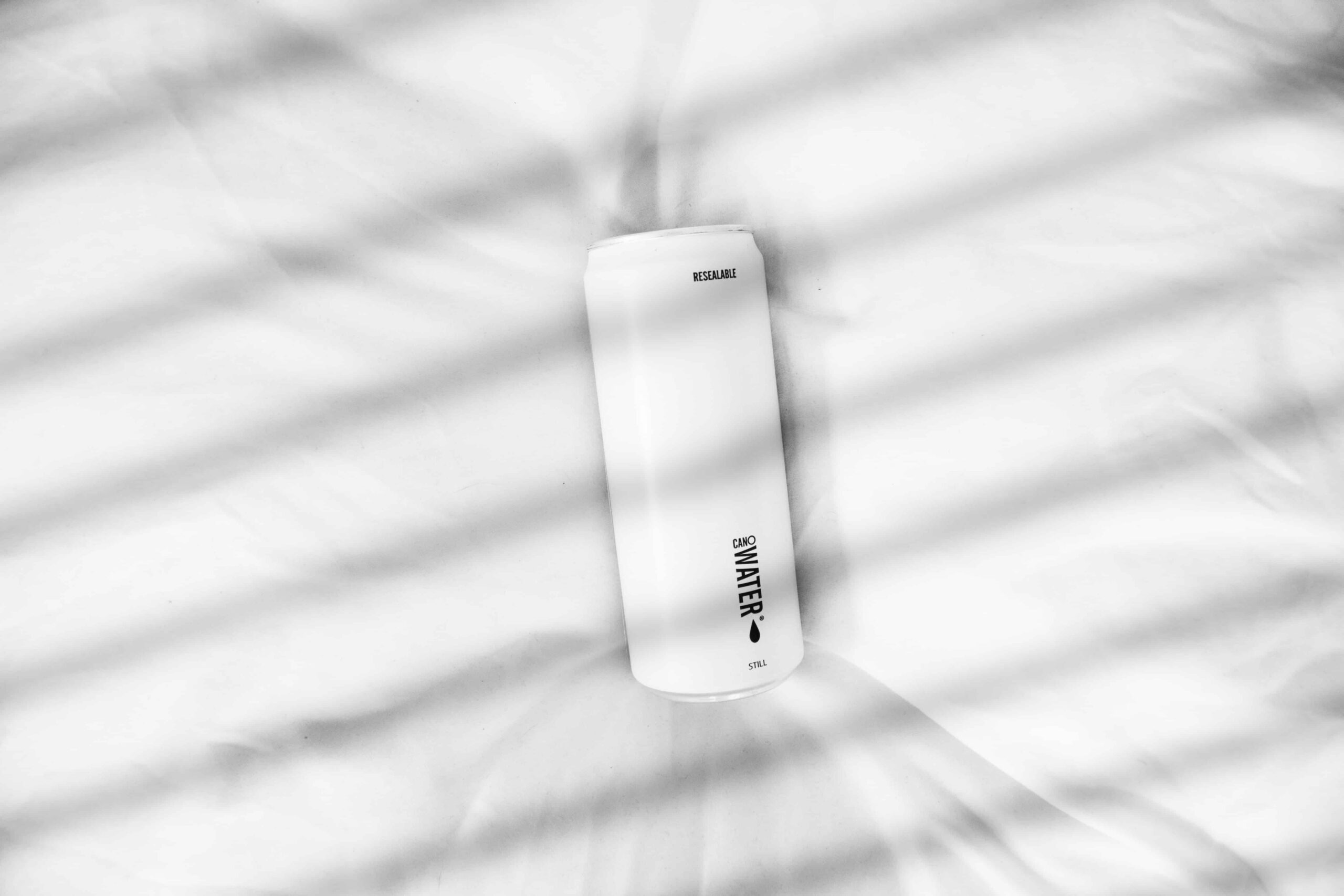Packaging copy – that all-important but oft’ ignored unsung hero of packvertising is set to turn over a new leaf as cutie-pie copy dies a slow but much anticipated death. The floor will be opened to new creative and relevant ways to engage audiences in the decade to come, and with ‘top design trends of 2020’ blogs in full swing, we thought it’s about time homage was paid to the messaging style and tone brands will be using in 2020.
Wacky copy is on it’s way out
And as on-pack copy everywhere starts to sound like a Frankensitinian patchwork of brands doing the exact same thing, consumers are calling out for something new.
When Innocent started the wackaging trend, it was new and different, personable packaging that doesn’t take itself too seriously replaced over-cluttered messaging that was hard to relate to.
But according to judges at the coveted D&AD Advertising Awards’ writing category, wacky copy can go one of two ways and can just as easily make you laugh as roll your eyes. It’s becoming harder to entertain consumers with whimsical words, and brands will need to work harder to create a wacky tone that truly stands out.
Clean and clear
Transparency is one of the most important drivers to purchase across all FMCG categories. We care about what we put in our bodies, we also care about what we put out in the world. We care about where our goods come from and the carbon footprint they leave behind.
Functional, fit-for-purpose copy that tells it like it is will engage shoppers who want to know what they’re buying and make their decision quickly.
Across every category, shoppers are losing trust in verbose messaging claims and convoluted pack copy. Succinct, clear positioning and direct language will resonate with no-nonsense back-to-basics buyers – as design goes minimal, so will copy.
We’re in this together
Extinction rebellion has brought activism to our daily lives, commutes and news feeds. The emergence of young activists like Greta Thunberg, and that pensioner who glued her hand to a train carriage (only in London), shows that activism is a ‘trend’ which crosses genders, age groups and social classes. In a bid to attract a growing number of politically active consumers, brands will be adopting active language that resonated with informed and increasingly anti establishment audiences.
Nostalgia
In a world that changes faster than acceptable PC terms and classification for gender orientation, we are increasingly drawn to reminders of the good ‘ole days.
Nostalgia-rich packaging copy that reminds us of ‘proper communication’ with a nod to the sophisticated classes will replace colloquial heavy messaging – simply put, copy your nan would understand is in. And what better time for it to make a comeback than an era where the gap between the oldest and youngest generations is closing and where the silent generation has never been less silent.
‘New nostalgia’ offers authenticity, grounding and a familiar breath of fresh air after the 2019 ‘sumbro’ trend, which is thankfully (hopefully) over.
